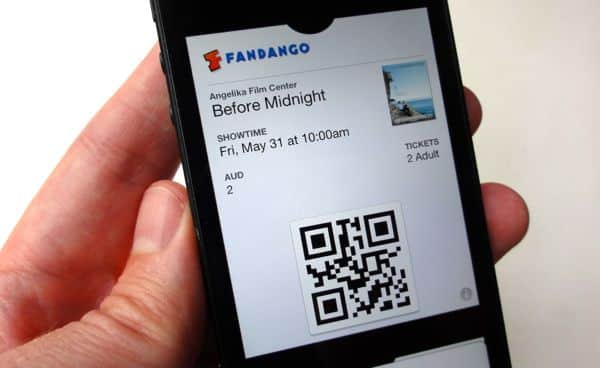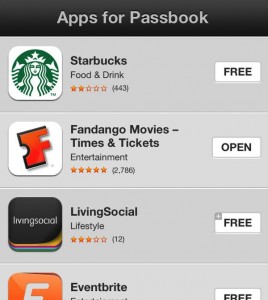 Wondering
why your new Windows 8 PC is taking so long to start up in the morning?
There’s a good chance that one of your installed programs is to blame.
Wondering
why your new Windows 8 PC is taking so long to start up in the morning?
There’s a good chance that one of your installed programs is to blame.The new Windows 8 Task Manager has a nifty feature that not only lists all the programs that launch when your system starts up, but also rates the “impact” they have on your PC’s startup speed.
Now, some “high” startup-impact programs will probably be ones that your system can’t live without—like, for instance, the “Rundll32″ application, an essential Windows app that helps other Windows program access shared “libraries” of computer code.
Others, however, may be programs that you forgot you even installed—and now they’re sitting on your PC, launching themselves whenever you hit the “power” button and gobbling up precious system resources.
So, ready to put a leash on programs that are slowing your system right out of the gate?

Not sure what a specific startup program does? Right-click its name to get more details.
- To launch the Task Manager, just start typing “Task Manager” from the Windows 8 Start screen; you should see the Task Manager sitting at the very top of your search results. If you’re already in the “classic” Windows desktop, just press and hold CONTROL + ALT + DELETE and select Task Manager from the menu.
- If it isn’t already, toggle the “More details” setting at the bottom of the Task Manager window to reveal a series of tabs at the top of the windows, then click the “Startup” tab.
- You should now see a list of all the programs and processes that launch when your PC starts up. Click the “Startup impact” heading to sort the list from “High” startup impact to “Low.”
- Now, take a look at the programs that are having the greatest “impact” to your system’s startup time. See any you don’t need? Select the slowpoke and click the “Disable” button to keep it from launching itself when your PC starts up. (I, for example, spotted Facebook’s “Messenger” app—which I never use—near the top of the list. Yep, it’s now disabled.)
- Not sure what a particular startup program is for? Right-click its name and select “Open file location” to find out where the app sits on your hard drive; you can also “Search online” for more information or inspect the program’s “Properties.”
- Change your mind about preventing a program from starting when you power-on your PC? Just open the Task Manager, select its name under the Startup tab, then click then Enable button.
Find and disable programs that slow your PC’s startup








